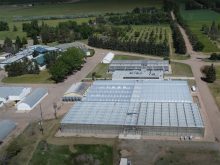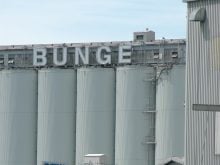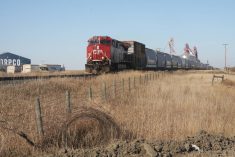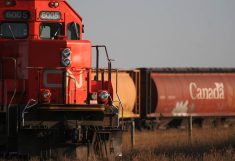MANITOBA
Interlake/East
- Winter wheat is being combined in the south Interlake, with fusarium below one percent being reported.
- Excess moisture in the Interlake is limiting the hay cut, as 60 to 70 percent of tame hay is cut and the majority of wild hay is not cut.
- Approximately 10 percent of barley fields are ripe.
South, Red River Valley
- Soil moisture is good, but corn, soybean and sunflower crops could use rain.
- Winter wheat harvest is beginning, with yields in the 80 to 95 bushel per acre range.
- Barley is ripe and ready for harvest.
- Lygus bug population is high in some canola fields and spraying continues.
- Second cut of hay is 50 percent complete, but insects and lack of moisture are lowering yields.
- Some early-planted canola is being swathed.
Read Also
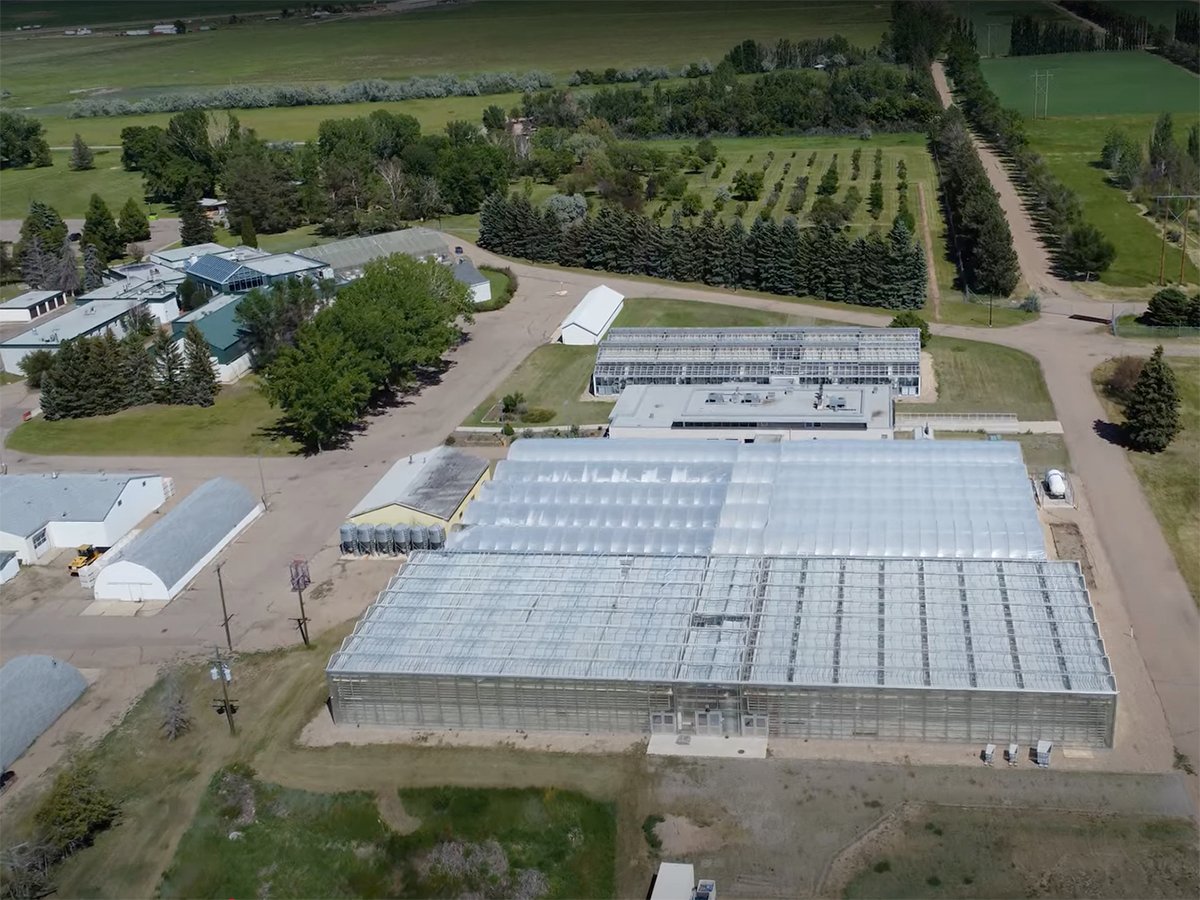
Alberta crop diversification centres receive funding
$5.2 million of provincial funding pumped into crop diversity research centres
West
- Harvested winter wheat is producing yields of 50 to 55 bushels per acre.
- Approximately 50 percent of corn is tasselling.
- Canola is well podded, but sclerotinia is reported in the Swan River Valley.
- High moisture in the Ste. Rose area is delaying cutting, but other regions are progressing.
SASKATCHEWAN
Central
- Cereal crops have advanced rapidly with increased temperatures across the region.
- Some pea and lentil crops have been desiccated or swathed, with harvest nearing.
- Canola crops that suffered from mixed germination have filled in. Early seeded canola is fully podded, while later germinated crops are still blooming.
- Bertha armyworms and diamond back moths are reported in many areas.
- Hay crops are still being harvested. Yields are below average in many areas, but pasture conditions are average to good due to recent rain.
North
- Cereals and oilseeds are improving rapidly, both in yield and maturity, but remain behind schedule for the first weeks of August.
- Early seeded peas are being desiccated.
- Haying is underway in some areas, and is complete in the west and in the Prince Alberta area.
- Pasture conditions are average to good.
South
- Gopher damage continues to plague the southwest.
- Some limited grasshopper feeding is damaging late-maturing crops.
- Greenfeed haying and silaging is underway.
- Winter cereal harvest is nearing 50 percent completion.
- Canola and mustard crops are podded. Blooming nearly complete in all areas.
- Pasture conditions in the south and southwest are average to poor but significantly improved over 2007.
- Peas and lentils are being swathed and desiccated, with some harvest of very early pulses underway.
ALBERTA
South
- About 10,000 acres of potatoes were hit by July 15 storms with damage estimated at 10 to 100 percent. Most of the fields were processing potatoes destined for chipping.
- Many irrigation pivots still laying wrecked in fields from same storm.
- Corn starting to tassle, but still about three weeks late in maturity.
- Winter wheat mostly swathed. Peas ready to dessicate. Wheat and barley expected to yield higher than normal.
- Most haying complete with good yields.
- Generally crops look good, but are 10 to 14 days later than normal because of cool weather.
Central
- Several showers have kept crops growing. Farmers are looking for extra rain to increase yield in canola.
- Spotty hail damage has reduced canola yields in some areas, but generally crops look good.
- Cereal crops average to above average.
- Some pre-harvest desiccation of cereal crops and peas underway. Peas beginning to ripen.
- Most canola has finished flowering and is starting to pod.
- Second cut of hay coming off. Oats coming off for haylage.
- Subsoil moisture starting to disappear because of hot, dry weather.
North
- Cattle producers running out of pasture in Peace River area because of dry conditions. Some producers digging into precious hay supplies by the beginning of August.
- Brome grass harvest underway, but generally poor grass yields. Swathing of fescue started.
- In northwest, some rain has kept crops growing.
- Cereal crop yields expected to be average to above average.
- Second cut hay well underway.
- In northwest, more rain is needed, but crops are still holding up well.
Conditions as of Aug. 11.


